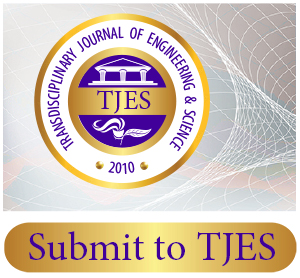The COVID-19 Crisis and Complexity in the United States
Abstract
The main objective of this research is to present a transdisciplinary research process which identifies the complexity of the issues surrounding COVID-19 using collective intelligence through transdisciplinary
collaborative effort. Interpretive Structural Modeling (ISM), a methodology for dealing with complex
system design and development has been the key component of this research. Building collective intelligence to understand how factors affecting COVID-19 transmission and fatality and their relationships were investigated. The complexity measure of the COVID-19 was investigated by using cyclomatic complexity. The results showed that the complexity of the COVID-19 is difficult to understand and handle.


